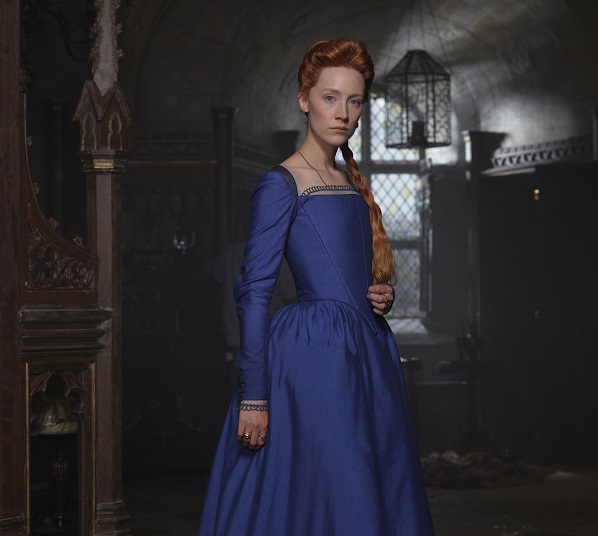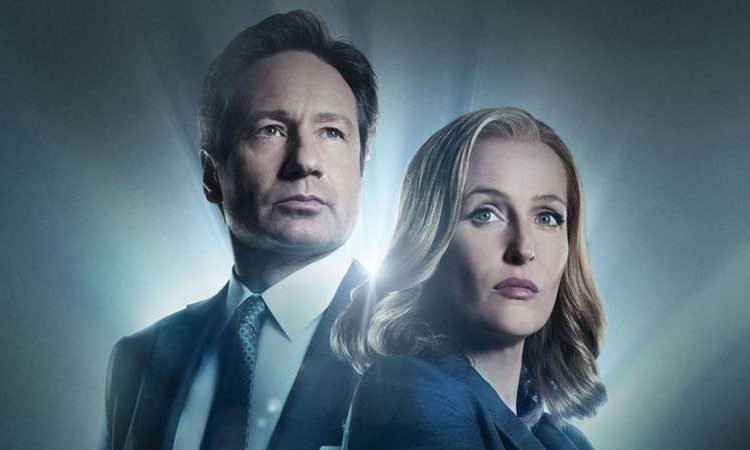
*The following review has spoilers, but nothing that isn’t already historically known.
I had expected a film about two fiery redheads vying for power. The story, instead is about how far men will go, to NOT be ruled by women. They’ll go so far as to turn into fanatical, catty, prats and turn their countrymen against each other. Family men will kill their own cousins. Clergy will break the commandments and bear false witness.
Mary, the film’s namesake, had claim to the throne in England because the of mess Henry VIII created with all his annulments and divorces. Henry VIII’s will stated that his daughters could claim the throne if they produced an heir. If they produced no children, Henry’s eldest sister’s children would ascend to the throne. Mary, Queen of Scots, was the daughter of Henry VIII’s oldest sister.

Henry’s only son died at fifteen. Henry’s eldest daughter Mary I (not to be confused with Mary Queen of Scots), eventually took the throne. Mary executed thousands who didn’t renounce Protestantism. She was given the nicknamed “Bloody Mary.” Protestants did not want to another Catholic monarch in England. So, after Mary I died without an heir, Elizabeth I laid claim to the throne. However, if Elizabeth I did not produce an heir, her throne would go to Mary Queen of Scots.

Mary Queen of Scots crowned Queen of Scotland at 6 days old, lived in Catholic France her whole childhood. At seventeen she was married to the future French monarch. She never had a child, and her husband died a few years later.
I’ve added all this history because the film doesn’t present the background. I think the director, Josie Rourke’s background in English theater, blinds her to the average viewer outside of Europe. Most will probably not understand either Queens’ claim to the throne or any characters’ political motivations.

“Mary Queen of Scots’ starts with Mary’s return to Scotland. The country was controlled by her illegitimate half-brother in her absence. Mary is the undisputed Queen in Scotland, but she also wants her rightful place on the throne in England. Who can blame her since she had been raised as a queen in the gilded palaces of France her whole life, and is now relegated to the dank, dark, stone walls of a mostly ruined Scottish castle. The English are disagreeable to the idea of a queen aligned with the French and the Pope.

The lack of historical background and the many bit political players who are not introduced, nor developed, weight down the film. The viewer catches fleeting glimpses of men, who aren’t seen again until their plot is executed.
The cinematography of Scotland is romantic and beautiful. But battles scenes are frustrated by lack of wider views. This confinement is mirrored in the only meeting between the monarchs. I felt myself wanting to push the camera, the writing, and all the males characters out of the way, for the two women do their jobs. This film, based on a minority opinion of Mary, from the book by Dr. John Guy, “Queen of Scots: The True Life of Mary Stuart,” would have been better served as a series. It only scratches the surface of several themes, and contains too many minor players, to develop any characters fully.

The film is incredibly acted, with fabulous makeup and costume. But it lacks engaging dialogue, save for one scene with both actresses. Saoirse Ronan always adds an intensity to her roles without speaking a word. Mary remains fresh and deviant, even at her execution.
Juxtaposing the youth and beauty of Mary, is the aging, pox-marked, and barren Elizabeth. Margot Robbie is magnificent, as an almost skittish Elizabeth I. She portrays an Elizabeth distrustful of the court around her, and she outlines the queen’s evolution into a steadfast stone. There wasn’t enough of her on screen. There wasn’t enough of either actress.

The two actresses are only on screen together once. The rest of their interaction is frustratingly veiled through letters and conniving male diplomats. With men surrounding them all the time, the two redheads, choose different paths to power.

Queen Elizabeth imagined herself a man, never to be ruled over by a husband. She stayed passive, never moving her chess pieces. As a ruler, she was defensive in her military maneuvers. She never married, never aligning herself with any man or country. However, that meant she never produced an heir. While she had power in her lifetime, that power ended with her.

Counter to Elizabeth’s “male ying”, was Mary’s “feminine yang”. Mary used her sexuality, but not to manipulate men. She married and had an heir. But using that power opened her up to rumor and misogyny from her husbands and clergy. And pushing forward for the throne, she lost all power and her life. But her son became the first to ascend to both the Scottish and English thrones after Elizabeth’s death.
Mary Queen of Scots opens December 7, 2018.

Photo credits: John Mathieson, Parisa Tag & Liam Daniels / Focus Features






Sweatpants & Movies | Book Giveaway for “Mary Queen of Scots” & Movie Review
[…] December 3, 2018 in Sweatpants & History: Sweatpants & Movies | Review of “Mary Queen… […]